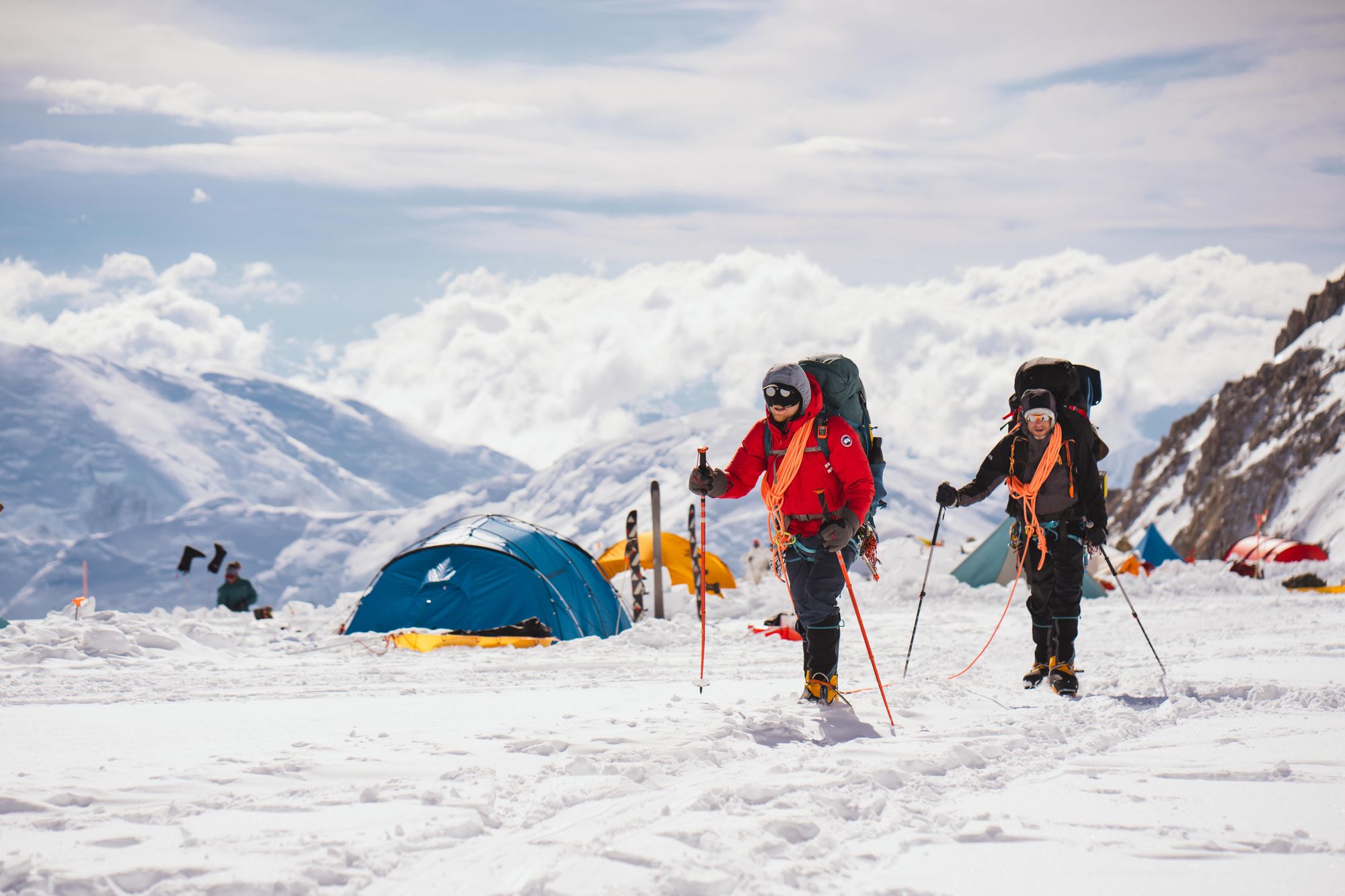
“I talk about controlling the controllables,” says expedition leader Oli France. “In any expedition environment, or any wild landscape, there are so many things that are out of your control - the weather, wild animals, other people. What you can control is your own decision making, your state of mind and your team’s approach. That is a critical factor in succeeding on the hardest expeditions. You can’t afford to dwell on these things. In the simplest words, you’ve just got to accept it and get on with it.”
We’ve all been there, to some extent. Oli France has been there more than most.
“To give you a very brief overview, through the years I’ve been detained in Uzbekistan for five days, I’ve been caught in a magnitude seven earthquake in Indonesia, I’ve been held at gunpoint in Iraq, I’ve caught meningitis in Somalia,” the adventurer tells me. I feel his list could easily go on. “There have been so many moments where unpredictable, unexpected things have happened.”
When you have given so much to one goal, how difficult is it to make rational decisions when the plan has to change, and that goal is at risk?
When we catch up, France is settling back into his comfy home in Wigan, having just 10 days earlier returned from the toughest expedition of his life - “physically, mentally, logistically”. It saw him complete a 3,588-mile (5,774km) journey from Death Valley to Alaska’s Denali (6,190m/20,308ft) on bike then skis before summiting the mountain, which is the highest peak in North America.
“I’m just about through that transition phase,” he laughs. “It’s nice to have a few home comforts.”
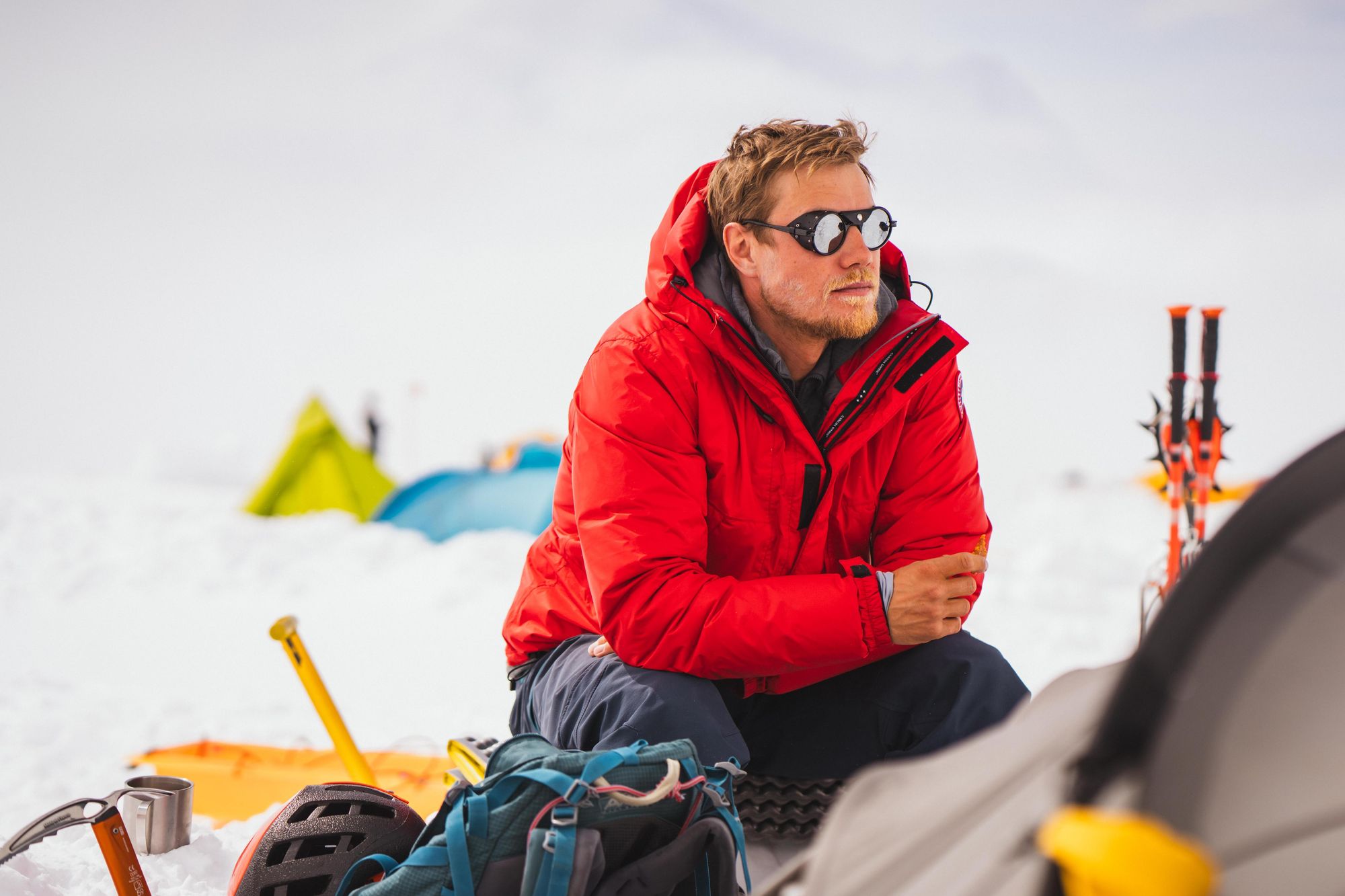
Death Valley to Denali is part of France’s Ultimate 7 Project, which sees him aiming to become the first person to go from the lowest point of each continent to the highest, entirely by human power.
“This trip took me from California through the western United States, up through Canada - British Columbia, Yukon - into Alaska, entirely by bike, unsupported for six weeks." The ride was remarkably remote. "There was this one particular area where it was 330 miles (531km) between towns and all you had in between was a couple of gas stations. That's like London to Edinburgh with just two gas stations.
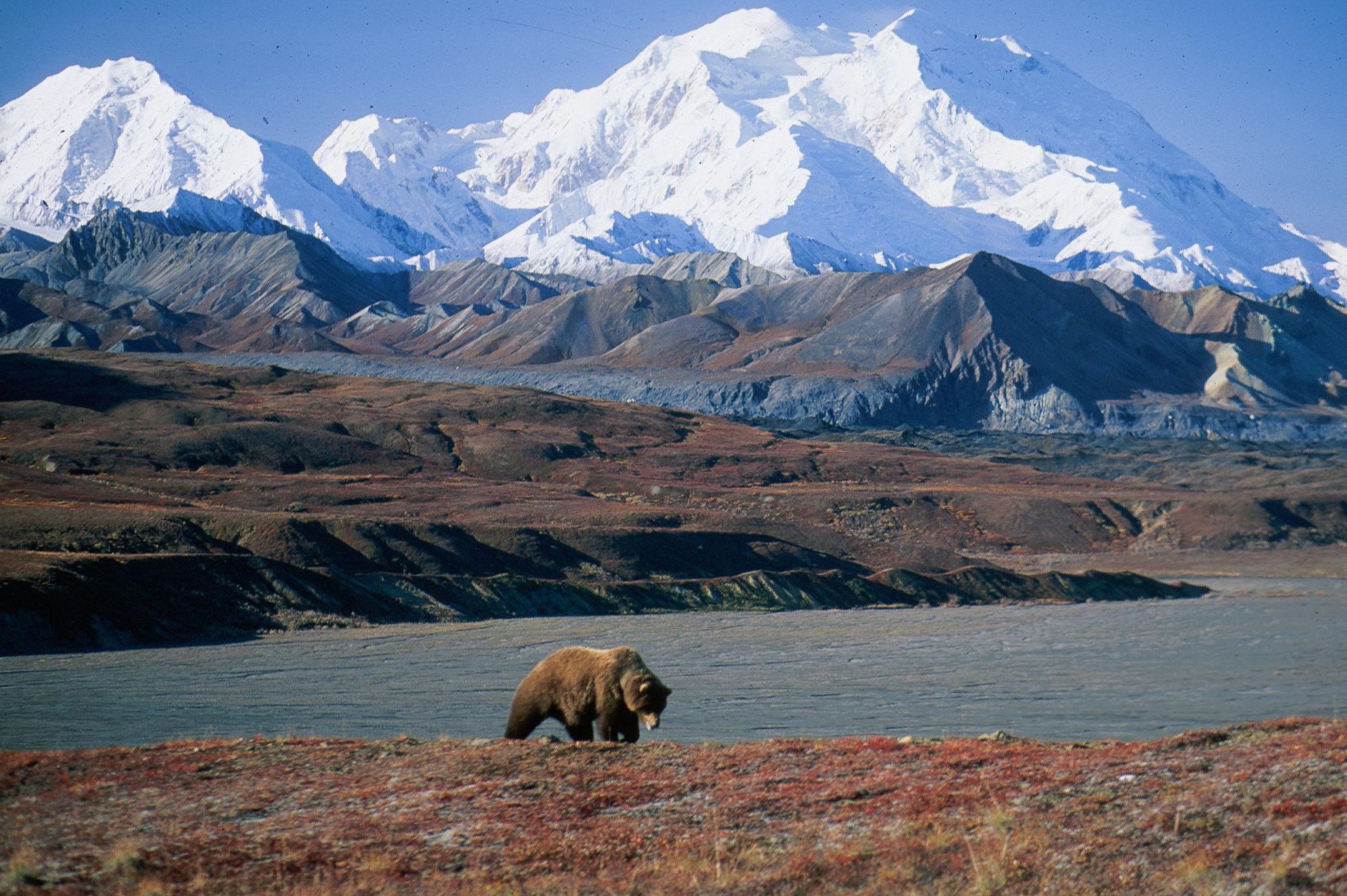
"That area is locally known as the Serengeti of the north, because you've got unbelievable wildlife - moose, bears, bison, mountain lions, wolves, lynx, caribou, elk, reindeer - and I saw pretty much all of those animals. That was really special."
France then met up with his four-man mountain team in Alaska. "We skied into Denali Base Camp over eight days. Bushwhacking, climbing foothills and river crossings to reach the Kahiltna Glacier, which is the longest glacier in the Alaska range. We’re one of only a handful of teams to do that. From base camp it was 12 days up to the summit of Denali via the West Buttress Route. The overall journey was 64 days. It was a very, very hard expedition, but extremely rewarding.”
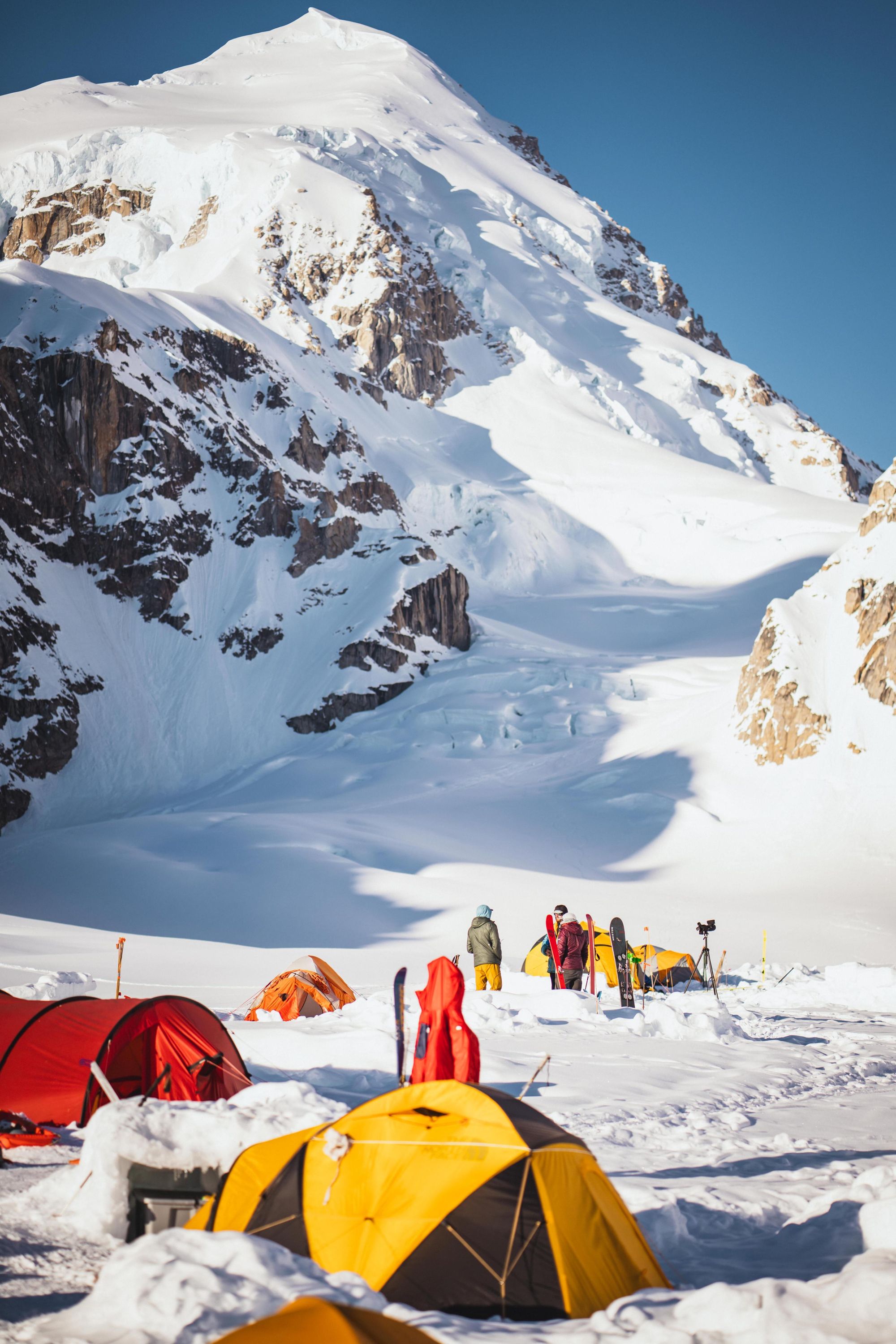
France speaks with a modest, but self-assured pride. Such feats would not be possible without an extraordinary level of ambition and tunnel-visioned commitment. But when you have given so much to one goal, how difficult is it to make rational decisions when the plan has to change, and that goal is at risk?
“One of the first things is having your priorities right,” says France. “I spend a lot of time guiding teams as well, and for me, the number one priority of any expedition - this is always crystal clear - is to get everybody home safely. The second priority is the summit or the expedition.
“For me, that’s the foundation of everything, and it sets the tone for your decision making. When it comes to certain critical decisions, you come back to that foundation, which is priority number one; getting home safely. I’ve got two young children at home, and for me, they’re number one.”
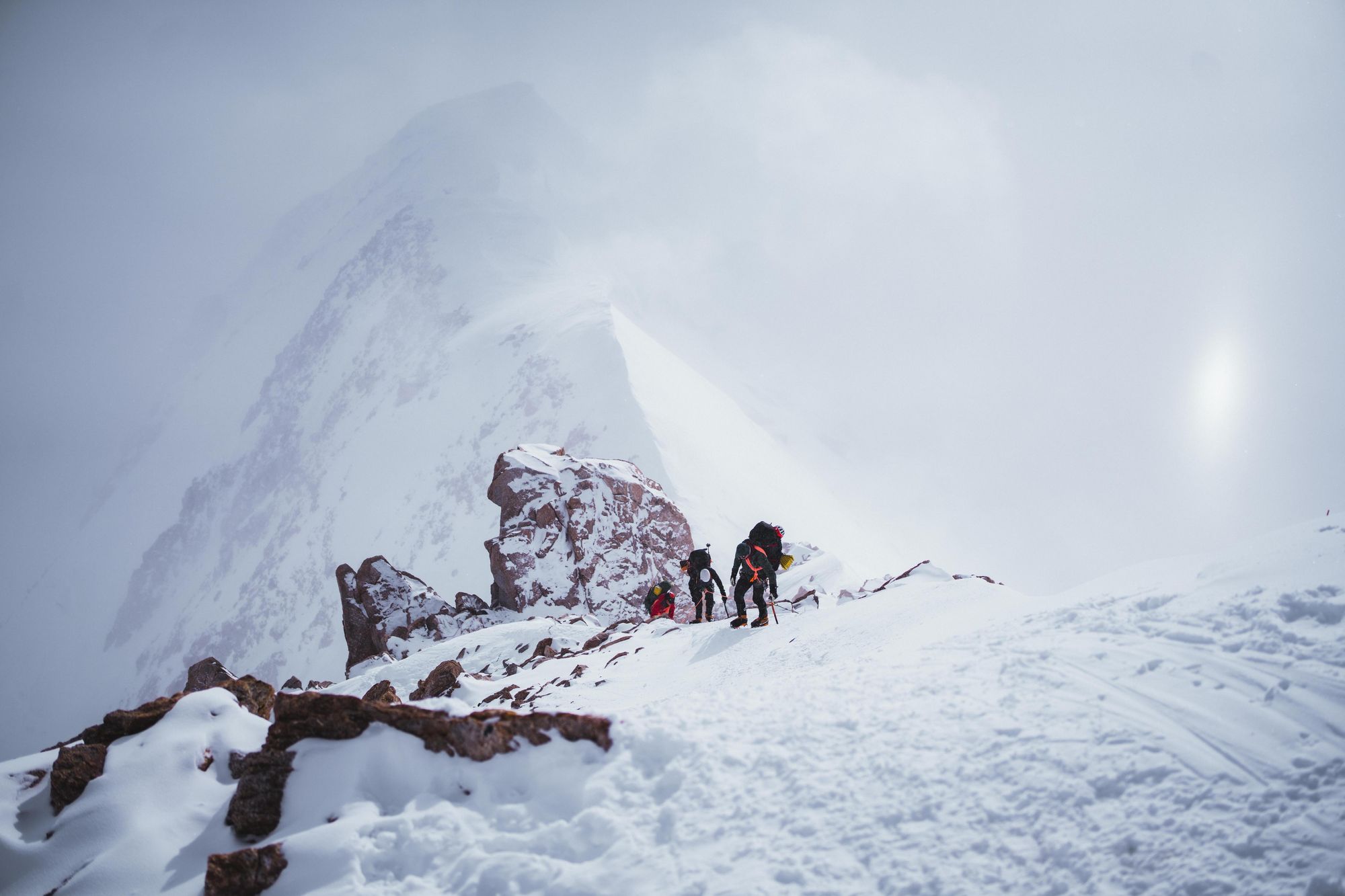
That doesn’t mean it’s a case of turning back at the first sign of risk, of course.
“You’ve got to stay logical,” France says. “On a mountain like Denali, the margins of error are razor thin. But it is possible to stay on the right side of risk, and on the right side of that razor thin line. You’ve just got to make sure that every single decision is contributing to your safety.
There is something we call ‘summit fever’ where people can be so focused on a goal that they sacrifice their safety in order to reach it.
“You think about the full picture, rather than just making impulsive choices. Is my skillset up to the task ahead? How am I feeling right now physically, and how is my team feeling? Have we got the right gear on us right now? And the end is about ‘what are the consequences either way of that position?’
“I was fully aware that I could get within a couple of hundred metres of the summit of Denali, after this 64-day journey, and still have to turn back. I was willing to accept that. There is something we call ‘summit fever’ where people can be so focused on a goal that they sacrifice their safety in order to reach it. I was crystal clear in my mind that I wasn't willing to do that.”
The Right Side of Risk
We’ve all been there, albeit with varying degrees of danger.
The first example that comes to mind puts me out in the rain beneath An Socach, a remote Munro connected to Mullach na Dheiragain and Sgùrr nan Ceathreamhnan in Glen Affric, a wild landscape in the Scottish Highlands.
We were walking the Affric-Kintail Way - a 44-mile trail from Drumnadrochit, on the edge of Loch Ness, to Morvich, just shy of Skye. And we’d booked an extra night at Glen Affric Youth Hostel with the hope of taking a day out to hike these three mountains. The weather had other ideas.
Our 16 miles the day earlier had been along curving beaches and lochs lined by Caledonian pines, glimmering in the sunlight. By morning, all visibility had gone; the mountains were hidden in mist and the heavens had opened. We were forced to ask ourselves, at the trailhead, that most deflating of questions: is this thing we’ve come a long way to do now, ultimately, irresponsible?
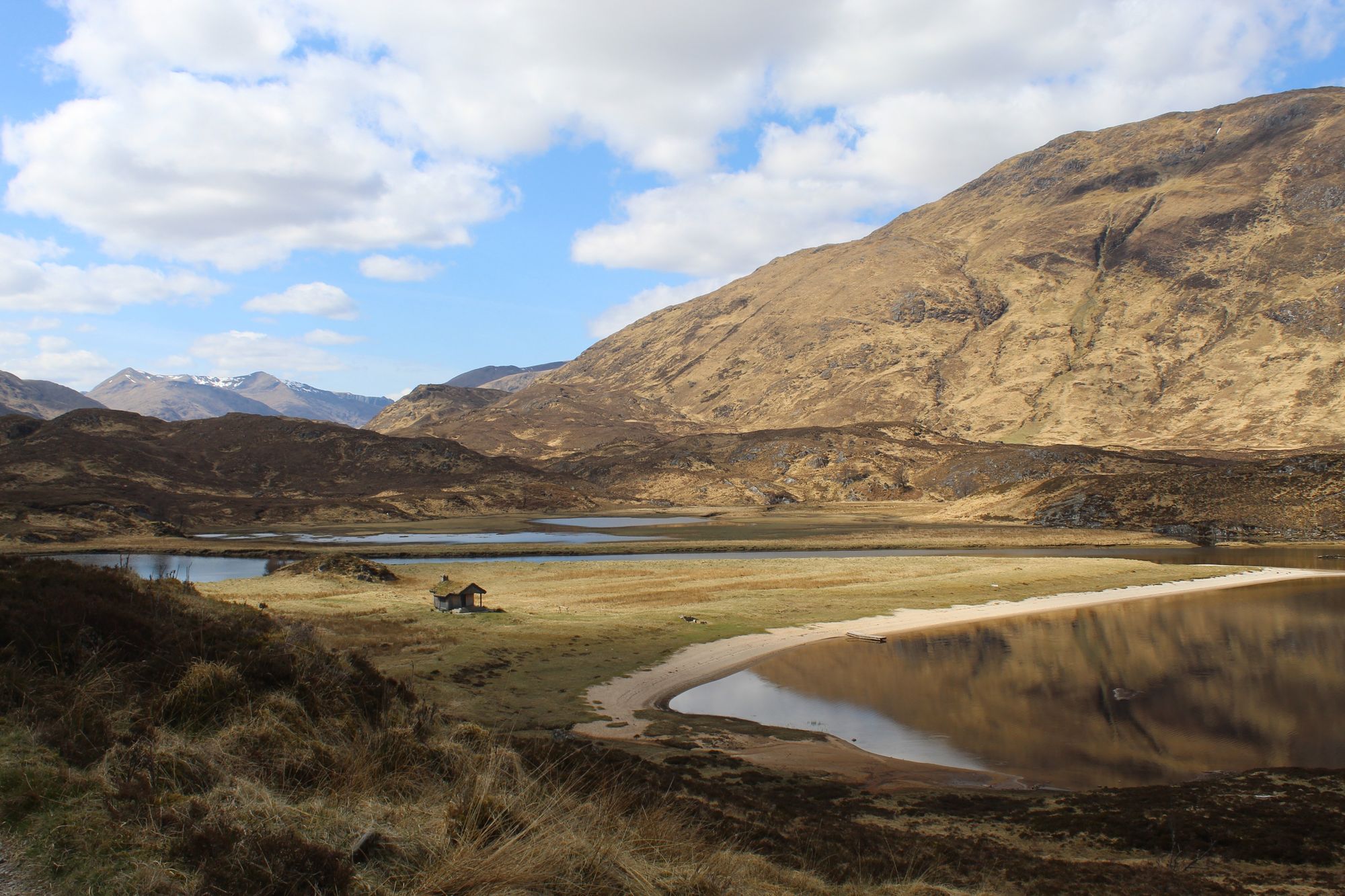
Glen Affric is not easy to reach. The youth hostel is one of Britain's most remote, accessible only by foot or by mountain bike. “The main draw is the isolation,” Marc Phipps, running the hostel at the time, had told us by the fire. “There’s no internet. We’ve got a satellite phone in case of emergencies."
If we didn’t hike these Munros now, who knew when we would be back to do so again. So, we slowly began the route, but quickly, and reluctantly, we soon turned back. We couldn’t be confident in our navigation, and so our safety - and reaching a summit in such conditions would’ve been a box-ticking exercise.

Instead, we took a short hike to the black sands of Loch a' Bhealach, dried off and played cards at the hostel, then rejoined the Affric-Kintail Way the next day.
There is inherent risk built into every adventure, but when you’ve planned, even dreamt of one particular outcome, how do you find the clarity to abandon that goal if it becomes unsafe? At what point should you switch to plan B?
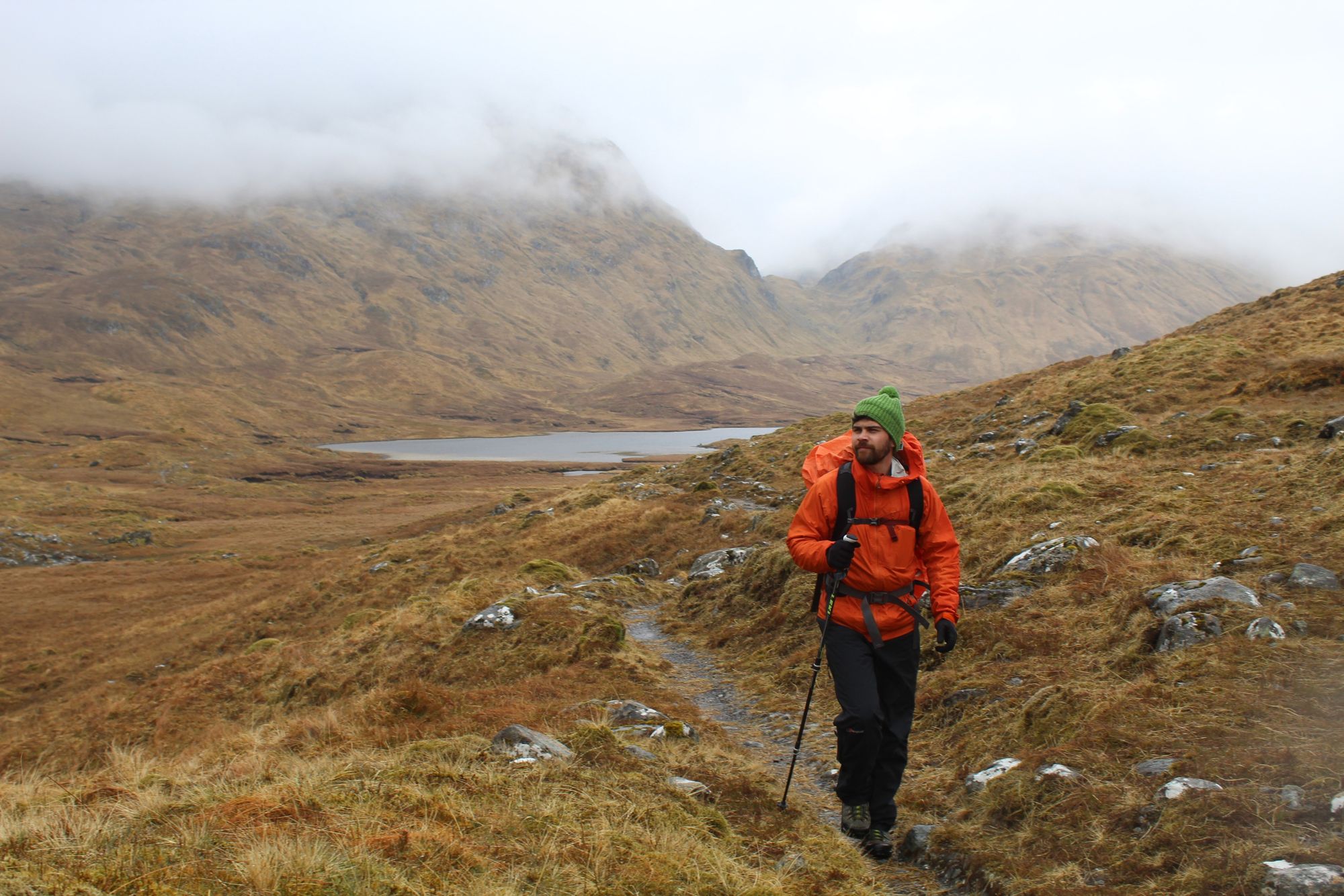
You do not need to be climbing Denali for a backup plan to be a good idea.
Ross Cadie is a Safety Officer for Mountaineering Scotland. “When something starts to go wrong in your plan A, your brain may not have the bandwidth to cope with creating a brand new plan around the people, resources, equipment and conditions,” he says. “Whereas, if you had created these back up plans before you left home, you would know what your plan B looks like.
I would never tell young people not to take risks. It’s about staying on the right side of risk...
“It's important that everyone knows when and what conditions Plan B will happen at, so, there's no arguments on the hill - going ‘but we can still make it'. No, we said that if someone wasn't going to make it, we'd all turn around. And that would look like this. So and so is tired, or Joe has lost his crampon. We’re not going to be able to make plan A, and we all agreed on plan B.
“I would never tell young people not to take risks,” says Ross. “It’s about staying on the right side of risk; but understanding what those risks are and then building in planning.”
There are basic questions to ask before leaving. “Does everyone have the same ability, fitness and motivation? Do we have the right resources, equipment, and know how to use it? Does the plan or the objective require certain conditions? And have I got an up-to-date forecast? Look at weather forecasts that are specific. BBC Weather is no good for the top of Ben Nevis.
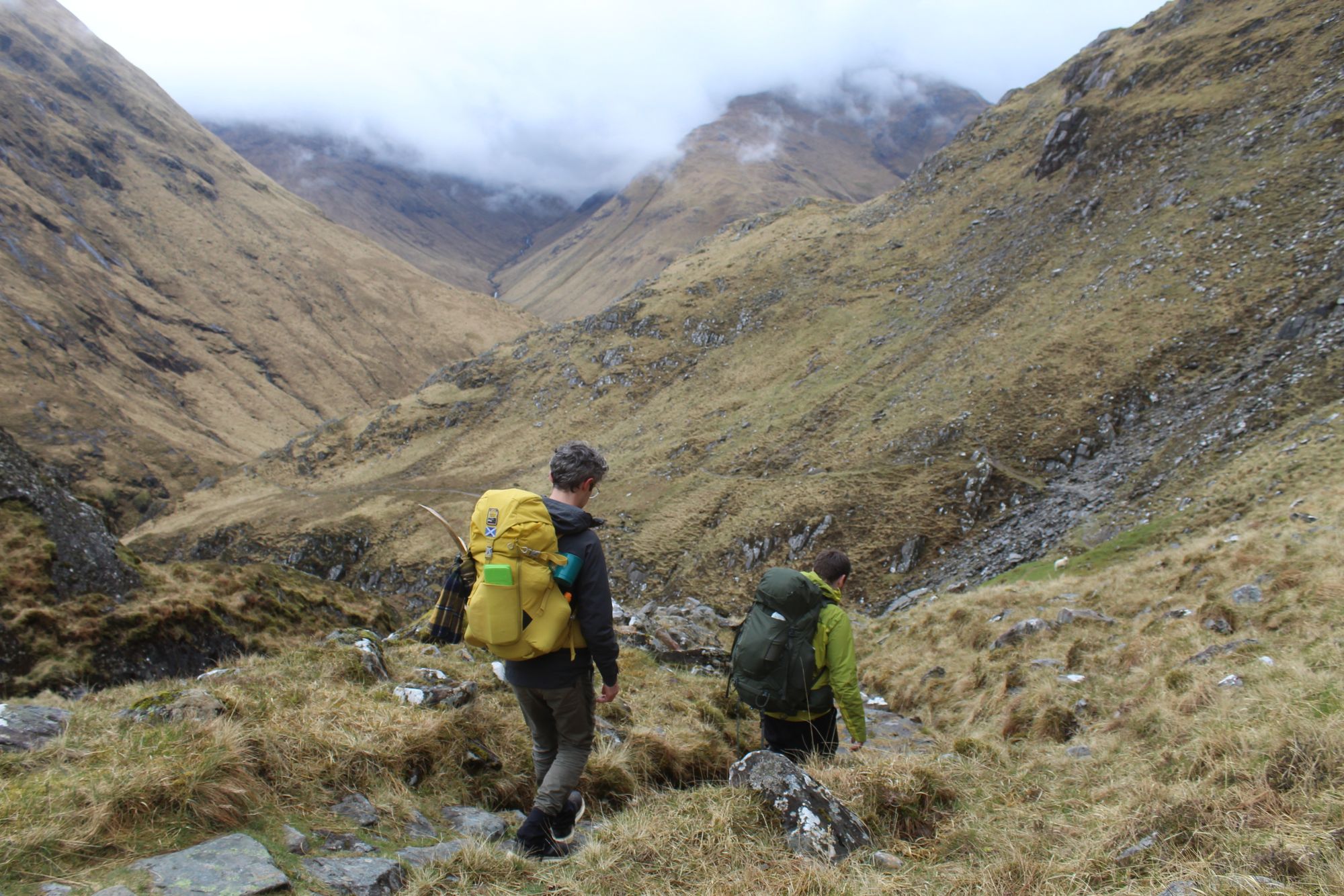
“We can’t get rid of all risks, but we can reduce risk and stack the cards in our favour. Even if you’re the least experienced person out there, and you’re with a guide or an instructor, you should be thinking about being an active participant. If everyone in the group understands what’s going on and why, you’re able to pick up each other’s slack. Everyone makes mistakes, and the newest person who thinks they know nothing can see things in a different way.”

Say what you see is a common mantra on the mountain. “It might sound obvious, but it just makes sure that everyone knows the same things,” Ross says. “And I also think we should ‘say what we feel’. Often it’s not until one person has been really honest that you realise nobody is happy - or everyone is, and they can help you see something from a different angle.”
Mountaineering Scotland run campaigns on how to properly use smart phones to navigate in the outdoors - "it's about things like battery charge, making sure maps are downloaded offline and having a backup; taking a map and compass as well." And they run skill courses aimed at developing abilities in the great outdoors. “If you’re quite happy where you are, and you’re not pushing the envelope of your skills and knowledge, that’s great,” Ross says. “But as soon as you realise there are gaps in your knowledge holding you back, find a skills course, join a club or go out with people who are more experienced.”
The World’s Coldest Mountain
Denali is one of the world’s coldest mountains - colder even than Mount Everest. Its proximity to both the Arctic Circle and the Pacific Ocean gives it a unique, brutal weather system which means storms can last for weeks on the mountain.
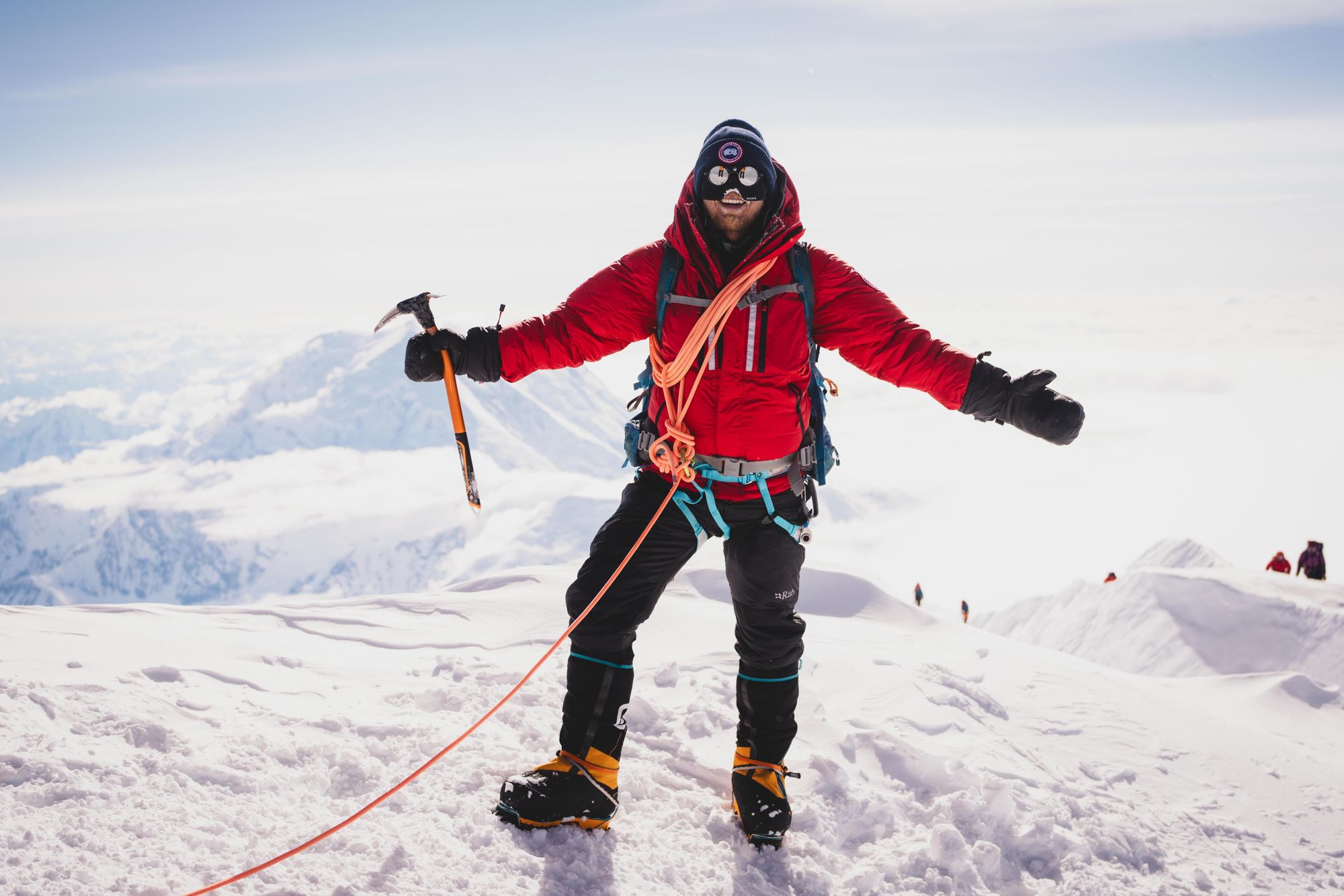
“We had a six day storm at 4,500m,” says Oli France. “The teams higher on the mountain were having an atrocious time. One team spent five days in their tent, bracing it with their bodies as the tent was getting ripped to shreds, running out of food and fuel. There were sadly a couple of deaths on the mountain, which is quite harrowing, really. After that, the weather was kind, but extremely cold.”
It's about constantly thinking forward; how can you get out of this situation? How can you stay positive and get through those difficult moments?
At the lower altitude, France and his team were able to wait the storm out and eventually reach the summit.
“The critical thing for us to succeed was to give ourselves enough time, not rushing the process, making careful, clear decisions and not being complacent," he says. "Out of the 900 climbers who were on the mountain last year - and you have to be very experienced to get a permit - only 30% summitted. So we couldn’t afford any complacency. We needed everything to be intentional.”
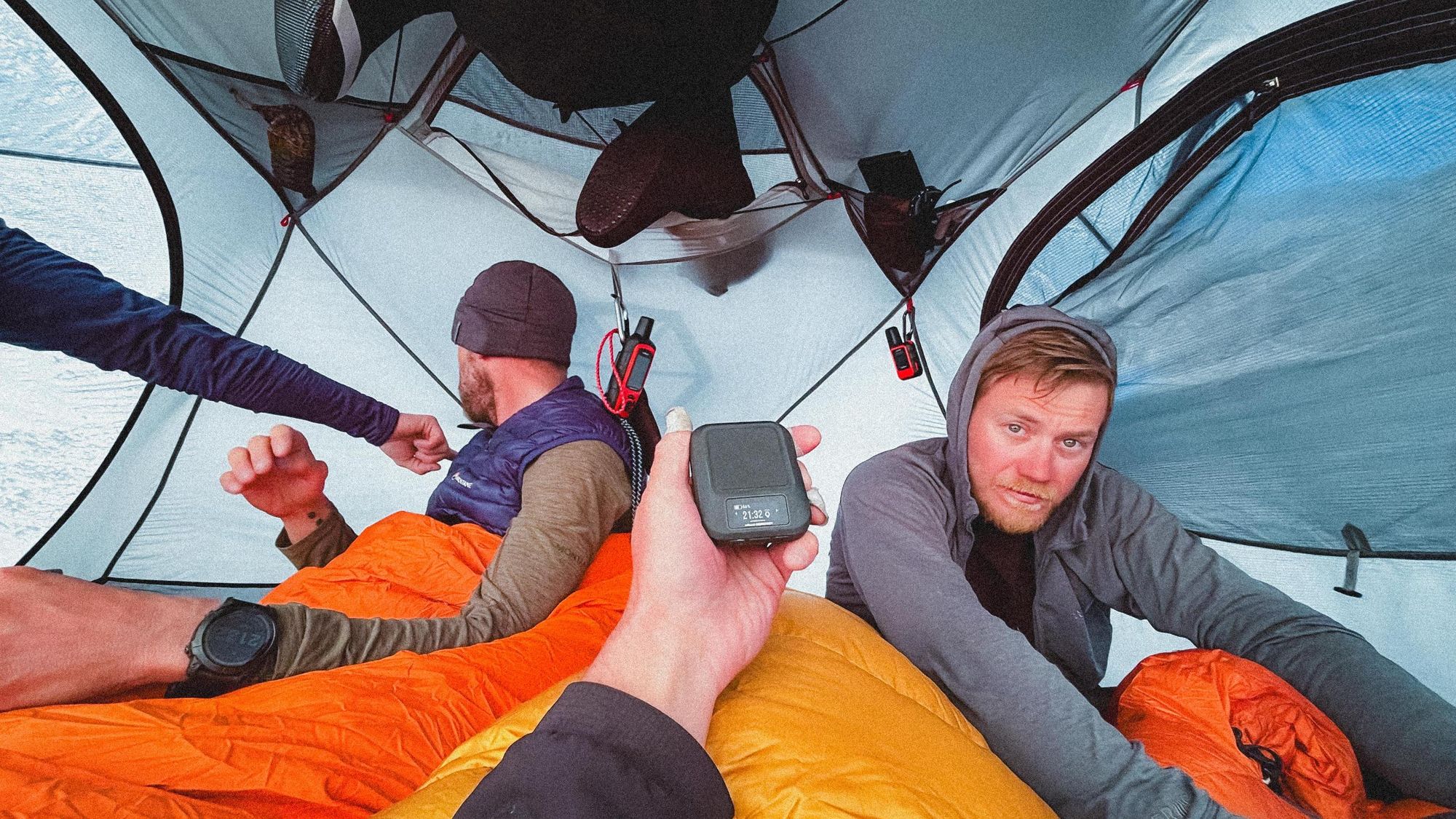
It takes a level-headed climber to be able to think practically and objectively on a mountain, in circumstances like this.
“Having adaptability built into your plan is critical,” France says. “Dwelling on it, complaining about it, worrying that it's going to change your plans - that's not going to serve you in achieving your goal. It's about constantly thinking forward; how can you get out of this situation? How can you stay positive and get through those difficult moments?
“You’ve got to think about your overall goal, and then you’ve got to zoom in and make all of these micro-decisions and figure out what the best way to achieve that is. You have to be willing to change your plan accordingly. I’ve got plans A, B, C and D ready. It’s important to have options rather than forcing yourself into hard situations just to meet a plan you had in mind. The reality is despite all the planning, things will often end up very different to what you conceived.”
The old Scout's motto about preparation comes to mind. In the most extreme situations, the correct preparation, and good decision-making in crucial situations, can quite literally be the difference between life and death.
Inspired? Check out our range of adventure holidays now!
Oli France is currently attempting to be the first person to travel from the lowest geographical point to the highest geographical point on all seven continents entirely by human power alone. To find out more and follow his journey visit www.wildedge.co/pages/oli-france and www.instagram.com/oli_france.



